When an artiste does the unexpected, it changes the course of filmmaking. These are 40 films and people whose unusual acts led to the making of new-age entertainment.
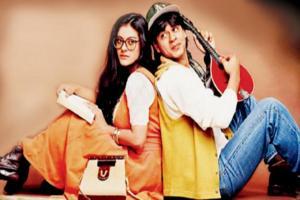
Dilwale Dulhaniya Le Jaayenge
Parallel cinema finds footing
ADVERTISEMENT
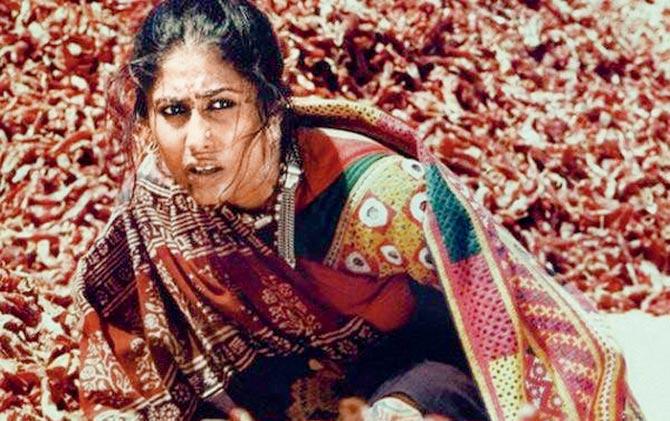
Parallel cinema gained prominence in the '70s and '80s. Filmmakers like Gulzar, Shyam Benegal, Mani Kaul and Saeed Akhtar Mirza were its torch-bearers. Albert Pinto Ko Gussa Kyoon Aata Hai (1980) and Sparsh (1980) set the movement rolling in the '80s, followed by Katha (1982), Ardh Satya (1983) and Mirch Masala (1987). Smita Patil, Shabana Azmi and Naseeruddin Shah were the leading lights of Bollywood's parallel universe.
India gets its superhero
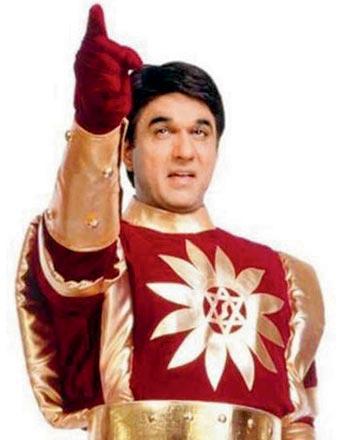
Before we became fans of Batman, India had its own desi superhero in Shaktiman. Mukesh Khanna as the mighty figure ruled TV screens in 1997. Following reports of an unfortunate incident of a child flinging himself out of his window, hoping to be rescued by the superhero, the makers added a five-minute slot to make people aware about his fictional nature.
Kapil is India's poster boy of comedy
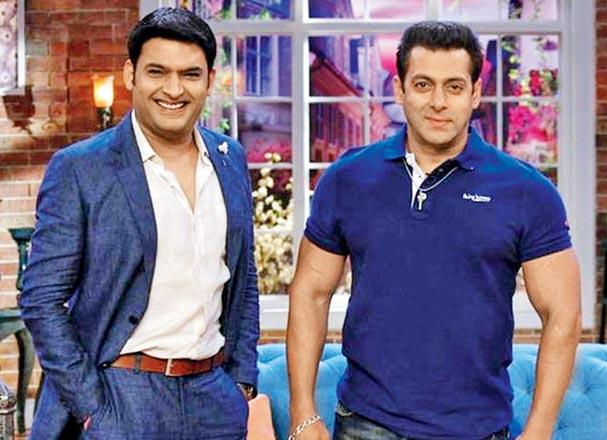
After winning the 2007 reality show The Great Indian Laughter Challenge, Kapil Sharma beat comic favourites like Krushna Abhishek to win six seasons of Comedy Circus. The win propelled him to stardom, which led to the creation of his sketch show, Comedy Nights With Kapil (2013), and subsequently The Kapil Sharma Show. Enough and more pampering from Bollywood has catapulted him into a league of his own. Easily among the biggest comics in the industry, he enjoys the kind of success that previous sketch show artistes like Shekhar Suman could only dream of.
Rang De Basanti inspires patriots

Rakeysh Omprakash Mehra's Rang De Basanti (2006) had a noticeable impact in society. Reports suggest that a study of bloggers' behavioural patterns during the first month of the film's release revealed an increase in public ire towards politicians for being mired in corruption. While the film ended with the frame freeze of Aamir Khan and co-actor Sidharth, the original plan, we hear, was to feature their bodies being carried out. But, with Mehra drawing parallels between his characters and freedom fighters, this was not suitable. He never referred to Bhagat Singh and Chandra Shekhar Azad as dead; for him, they were eternal.
Godly Sundays
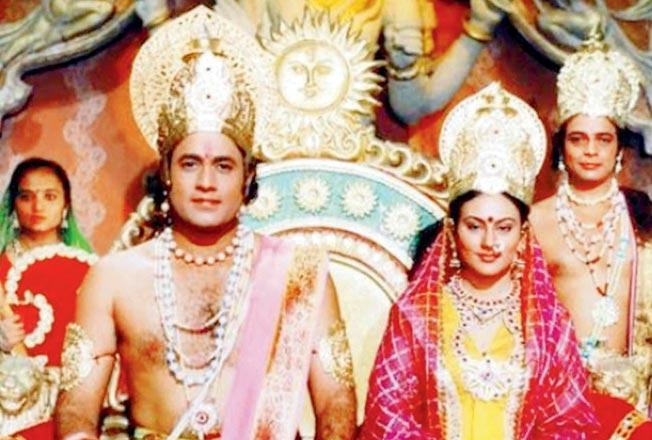
Ramanand Sagar's Ramayan made the country come to a standstill every Sunday morning in 1987-88. Television sets were decorated with flowers and incense sticks were burnt as millions religiously watched the mythological drama on Doordarshan. Despite its gaudy costumes, slow pace and poor production value, it gave Deepika Chikhalia (Sita) and Arun Govil (Ram) godly status. In person, fans touched their feet.
Enter, Sridevi

In 1983, Himmatwala put Sridevi into the top league. It was followed by her successful act in Sadma, earning her the title 'female Amitabh Bachchan'. Her fee of
R11 lakh for Mr India made her the highest earning actor for a film, at that time.
China, an emerging market
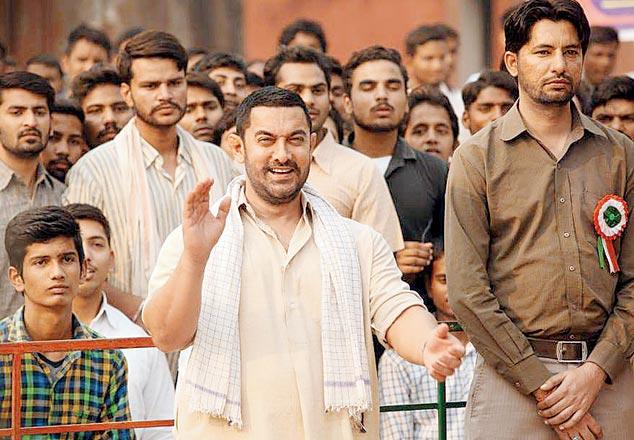
Aamir Khan banked on his soaring popularity in China to lavishly promote his sports biography, Dangal, in the nation. The film, based on the Commonwealth Games' victory of Phogat sisters Geeta and Babita, earned more money in Chinese markets than it did on home turf. Subsequently, several other Bollywood films, including Aamir's Secret Superstar, PK and 3 Idiots, Ayushmann Khurrana's AndhaDhun and Hrithik Roshan's Kaabil opened to rave reviews.
Dilwale Dulhaniya Le Jayenge
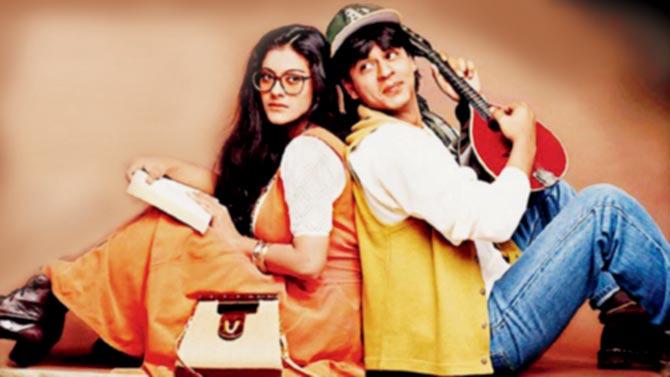
Running strong in the city's Maratha Mandir almost 25 years since its release, Aditya Chopra's directorial debut Dilwale Dulhaniya Le Jayenge established Shah Rukh Khan as the king of romance, and became the bible for romantic film aficionados. Instantly propelling actors Khan and Kajol to stardom, the film earned a National Film Award for Best Popular Film Providing Wholesome Entertainment. The film's dialogues inspired many iterations in contemporary cinema as well.
Netflix comes to India
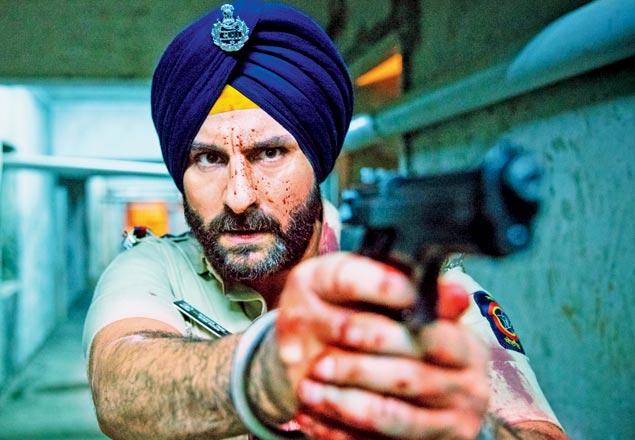
Web show artistes like Sumeet Vyas and Mithila Palkar acquired a status of their own with the growth of the digital medium, following the success of shows like Permanent Roommates (2014) and Tripling (2016). But, the actual digital boom can be traced to the success of Netflix and Amazon Prime, which launched Indian originals in Sacred Games and Inside Edge. With Bollywood's top brass, including Saif Ali Khan, Akshay Kumar and Shah Rukh Khan associating with the medium, cinephiles celebrate this additional source of entertainment.
Mira says Salaam Bombay
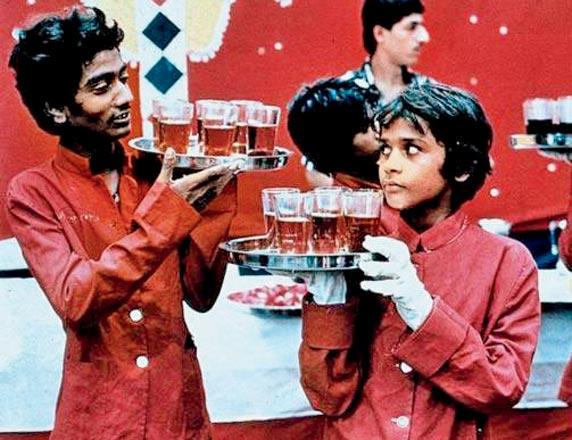
Mira Nair's Salaam Bombay (1988) was nominated in the Best Foreign Language Film category at the Oscars. The movie, about street children in Mumbai, featured real-life street kids. It won the National Film Award for Best Feature Film in Hindi, the National Board of Review Award for Top Foreign Film, the Golden Camera and Audience Awards at the Cannes Film Festival, and three awards at the Montréal World Film Festival. In The New York Times' list, it is among the best 1,000 movies ever made.
Subhash Ghai, the unstoppable

The unstoppable force of Subhash Ghai began with his discovery of Jackie Shroff's launch-pad, Hero (1980), earning him the title of showman. He followed it with Vidhaata (1982), and then made Anil Kapoor popular with Meri Jung (1985). He cast Shroff and Kapoor together in hits like Karma (1986) and Ram Lakhan (1989).
Hum Aapke Hai Koun..!
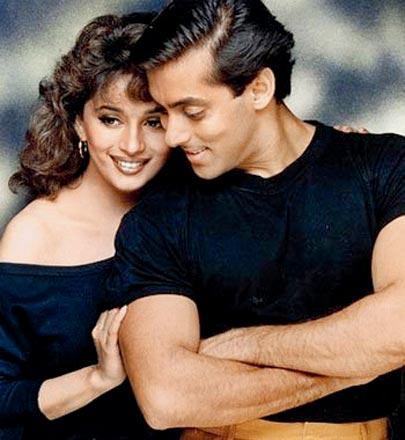
Salman Khan's Hum Aapke Hai Koun..! (1994) was the first film in India to release in the Ultra Stereo sound system. Producers Rajshri Productions insisted that theatres be upgraded to facilitate the new system before their film aired. Quick fact: It is suggested that MF Hussain watched the film 85 times and was so inspired by Madhuri Dixit that he made a film for her. Gaja Gamini, however, was a box-office disaster.
Mr India's journey to eternity
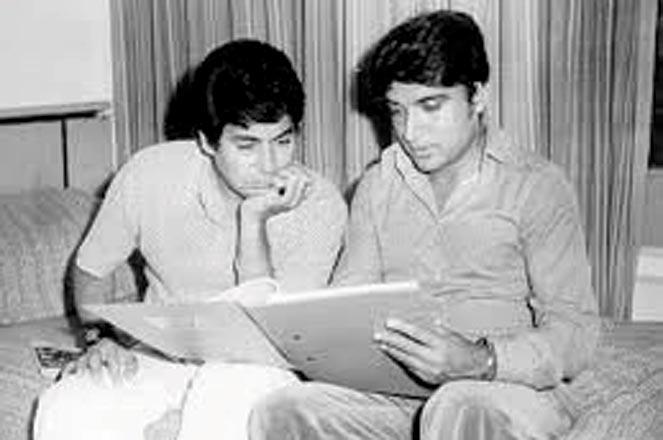
The last film of writer duo Salim-Javed, who held a prominent status in the industry, never faded from the minds of cinephiles. Mr India gave Bollywood its first sci-fi outing. Shekhar Kapur's film is still considered a classic.
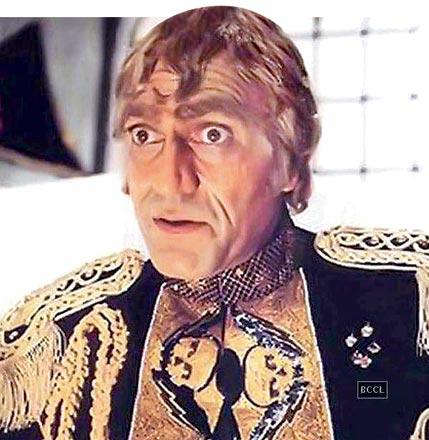
The Sridevi and Anil Kapoor starrer was the second highest-grossing Indian film of 1987. Amrish Puri as Mogambo emerged as a celebrated antagonist.
Arnab redefines how anchors work
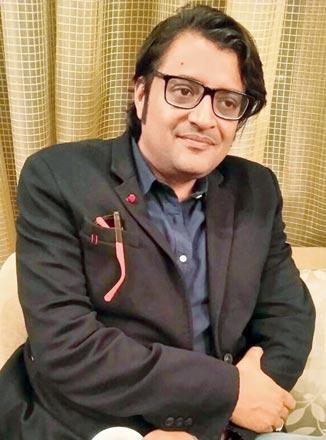
Goswami began his career in television news in 1995 with NDTV, and emerged as the editor-in-chief of Times Now in 2006. His brazen style of journalism, involving rousey debates, continues to be questioned, but earned him abundant attention. As Goswami's popularity rose, several other channels adopted the tone.
Road to Oscars
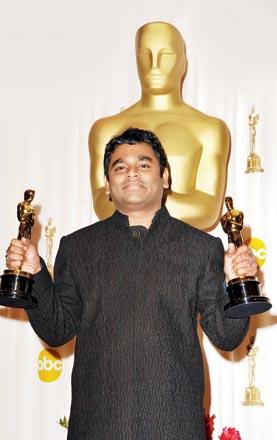
While Aamir Khan's Lagaan (2002) earned a nomination at the Academy Award's Foreign Language Film category, it was Danny Boyle's Slumdog Millionaire, with its Indian cast, that gave the nation a platform on the world stage. Resul Pookutty won a title for Best Sound Mixing, and AR Rahman and Gulzar took home the Best Original Song (Jai Ho) gong for the film. As of 2010, Slumdog Millionaire and Schindler's List (1993) are reportedly the only films to win Best Picture, Director, and Screenplay at the Golden Globes, BAFTAs, and the Oscars.
Reality shows rule television
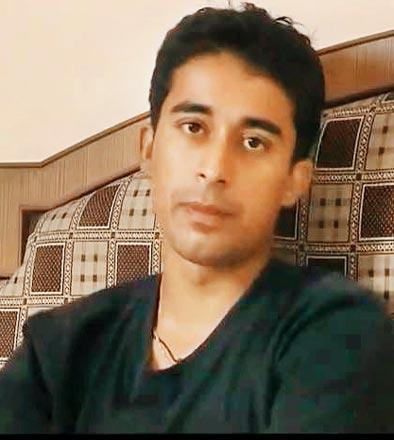
Offering respite from the dramas that occupied prime-time slots on television, reality shows, like Sa Re Ga Ma Pa (1995), were immediately appreciated. However, it was the dance-based reality show, Boogie Woogie (1996) that established the format as a success. Javed Jafery became the face of the show that encouraged young dancers to audition for a platform that wasn't rigged. Years later, Roadies, Indian Idol and Bigg Boss also earned appreciation and money.
DCH brings coming of age genre
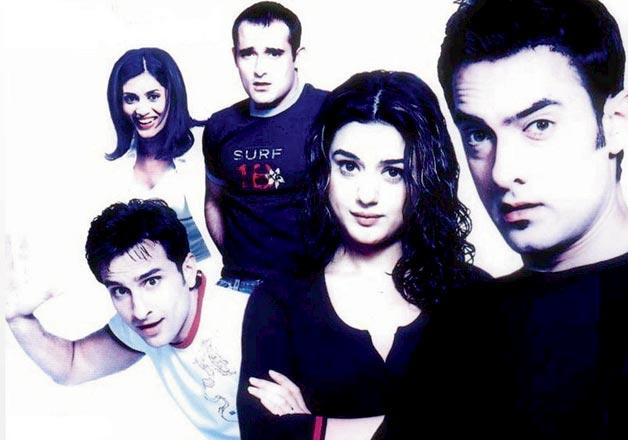
Farhan Akhtar, with his film on three friends, highlighted relatable stories of the youth with such style that Dil Chahta Hai became a bible of sorts for the young generation. Parts of the film were apparently based on the events that transpired in Akhtar's life during a 45-day Las Vegas holiday. As though the storyline, with its captivating humour, wasn't enough, Shankar-Ehsaan-Loy created one of their most crackling and memorable soundtracks.
Annu launches Antakshari
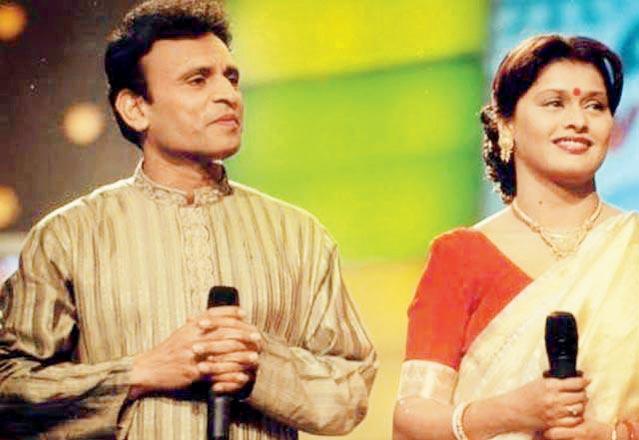
India's first musical game show, Antakshari launched in 1993 after the success of family favourites like Buniyaad, Malgudi Days and Mahabharat. It enjoyed a generous 12-year run. Regular host Annu Kapoor along with co-hosts across seasons, Renuka Shahane, Durga Jasraj, Pallavi Joshi, Rajeshwari Sachdev and Shefali Chhaya, introduced a game that would inevitably become India's favourite pastime gig.
Before Make in India was made
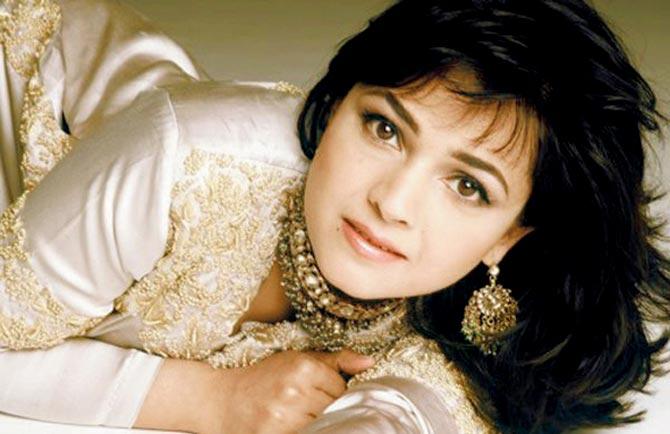
Alisha Chinai's Made In India in 1995 became the first Indian Pop album to enjoy the kind of success that Bollywood chartbusters did, indicating that there was a promising market for independent pop music in India. Selling over five million copies, the album inspired successive indiepop artistes including Suneta Rao, Falguni Pathak, Baba Sehgal, Shweta Shetty, Lucky Ali, Mehnaz, Leslie Lewis and Bali
Brahmbhatt.
Hollywood wallops Bollywood

The success of The Jungle Book (2016) - which earned R100 crore more than Bollywood's blue-eyed boy Shah Rukh Khan's Fan, that released a week later - was a prelude to the emerging market that India was for Hollywood. In 2017, the clash between OK Jaanu and Deepika Padukone-starrer XXX: Return Of Xander Stage met with a similar fate. The biggest indicator of the trend came in this year's release, Avengers: Endgame, which became the highest-grossing foreign film of all time in the country. It left behind critically acclaimed Khan-starrers PK, Tiger Zinda Hai and Sultan.
The K curse

Ajay Devgn poked fun at Karan Johar on his chat show when stating that he believed all of Johar's films with K did well until they worked on the BO dud Kaal. But, the phenomenon of naming films with K was first highlighted by Ekta Kapoor and mother Shobha. The success of their shows Kanyandaan and Koshish was followed by the popular Kyunki Saas Bhi Kabhi Bahu Thi and Kahaani Ghar Ghar Kii.
Nepotism debate is reignited

Karan Johar's spat with Kangana Ranaut reignited a debate that had, until then, only made for casual conversation. Industry star-kids began to acknowledge the edge they had as artistes in cinema while reiterating that they wouldn't survive if they lacked talent.
Miss Universe, Miss World wins
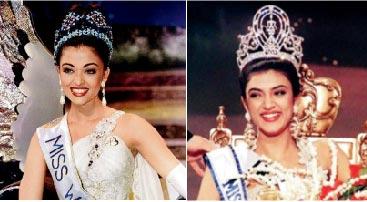
At a time when India wasn't familiar with beauty pageants, Sushmita Sen and Aishwarya Rai brought home two prestigious titles in Miss Universe and Miss World, respectively in 1994.
The win set the ball rolling for their Bollywood careers, and opened the doors for Indian talent on the platform, with Yukta Mukhi, Lara Dutta and Manushi Chhillar following suit.
PeeCee is our top crossover artiste

In 2015, Priyanka Chopra took cinephiles by surprise by announcing her biggest videsi outing - the lead role in ABC's thriller, Quantico, which ran for three seasons starting that year. Though naysayers were quick to suggest that her overseas stardom would be short-lived, Chopra worked with top names, including Dwayne Johnson and Mindy Kaling. A film with Chris Pratt and is believed to be in the pipeline.
Women host Twenty20
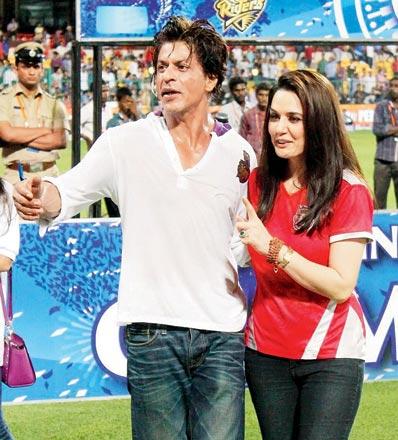
Mandira Bedi, popular for her noodle strap blouses, became a prominent face as a female host of cricket tournaments with Twenty20. The industry took interest in the matches, with actors like Shah Rukh Khan, Juhi Chawla and Preity Zinta investing in cricketing teams. It marked the beginning of Bollywood's interest in monetising sports.
Indian cinema gets its biggest phenomenon in Baahubali

The second biggest Indian film ever to have emerged came not from Bollywood, but from the South. The second instalment of the two-part franchise of Baahubali shattered domestic and global box office records, becoming the highest grossing Indian film worldwide in 2017, and the second highest grossing Indian film of all time, after Dangal. The fiction story, set in medieval India, follows sibling rivalry.
The Kat fight
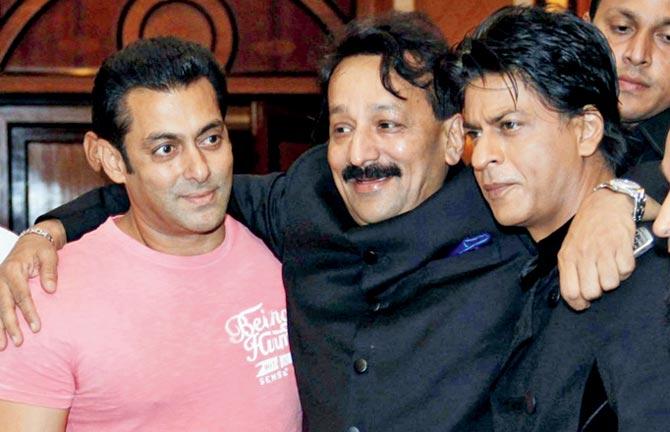
Thick friends Shah Rukh and Salman Khan had a falling out at Katrina Kaif's birthday bash in 2008. Their rivalry extended for several years and, much like a Bollywood flick, had the industry divided into two camps. It was only after five years that they made amends at politician Baba Siddiqui's Iftar party and subsequently, much to the relief of filmmakers, made appearances in one another's offerings.
Jodi No 1 – Govinda & Dhawan
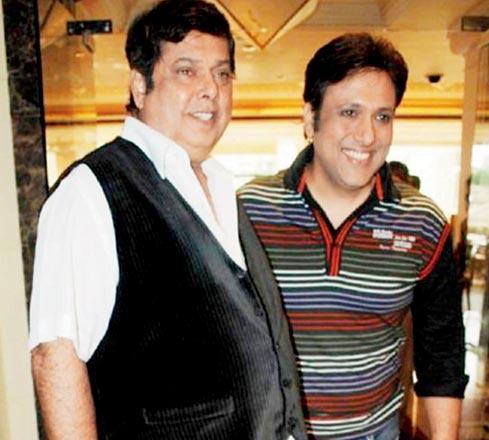
Eleven of the 17 films that Govinda and David Dhawan worked in together during the '90s were blockbusters. If Govinda was the favourite comic of the era, Dhawan knew exactly how to exploit his talent. Delivering hits in Shola Aur Shabnam (1992), Raja Babu (1994), Coolie No 1 (1995), Deewana Mastana (1997), among others, the duo was a success recipe.
The biopic genre finds a foothold
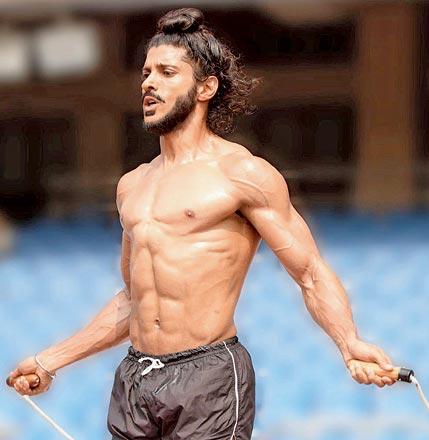
It began with a biopic on runner Milkha Singh with Farhan Akhtar in the lead. The success of Rakeysh Omprakash Mehra's Bhaag Milkha Bhaaga (2013) inspired several other filmmakers to look at real-life heroes for film stars to mimic. While biopics on political figures began to be made, it is the sports genre that was most exploited.
Big B's career finds revival
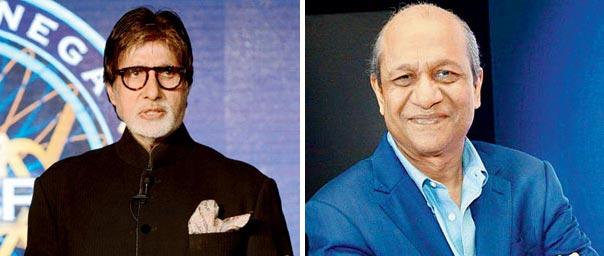
Amitabh Bachchan may have set career goals for actors who fear the ticking clock, but the megastar did not always have the limelight on him. After reportedly going bankrupt following a string of BO duds, it was his hosting duties in the quiz show, Kaun Banega Crorepati that revived his career. Twenty years later, Siddhartha Basu's production is gearing up for its 12th season, and Bachchan continues to have his kitty full with film offers.
India bans Pak actors

The Uri attack (2016) and its aftermath saw politicians and industry folk support a movement to cut cultural ties with Pakistan. Fawad Khan's ouster from a Karan Johar-film became the biggest talking point of this development. Films featuring Pak actors that were underway in the midst of the development were affected the most. Songs sung by foreign singers were re-recorded; scenes involving them were re-shot.
Horror comes to spook
With Dahshat (1981), Purana Mandir (1984) and Veeraana (1988), the Ramsay Brothers delivered a series of horror films that were consumed with an open heart. Considered pioneers of the genre, their films were laced with gore and sex. White saree-clad chudails and squeaking doors became staples in scare-fests for several years.
Satya changes the game
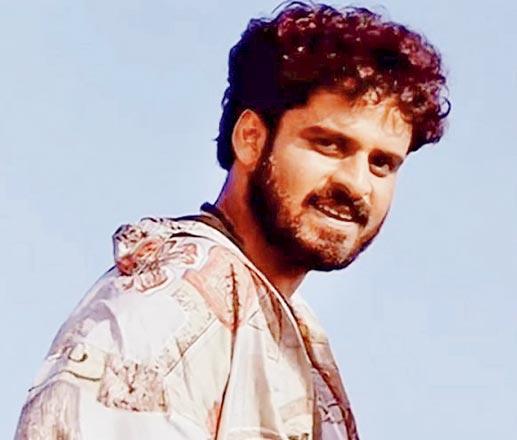
A topic less explored in cinema - the underworld - found an expression in Ram Gopal Varma's Satya in 1998. Apart from earning the director praise, it was also fruitful for Manoj Bajpayee, who demanded enough attention to earn the National Award for Best Supporting Actor. Although the soundtrack received acclaim, few are aware that the tracks were introduced at the insistence of distributors demanding songs in the dark film. Satya tanked in its first week, but was screened at theatres again after being pulled down, when it began doing well.
MTV comes to India
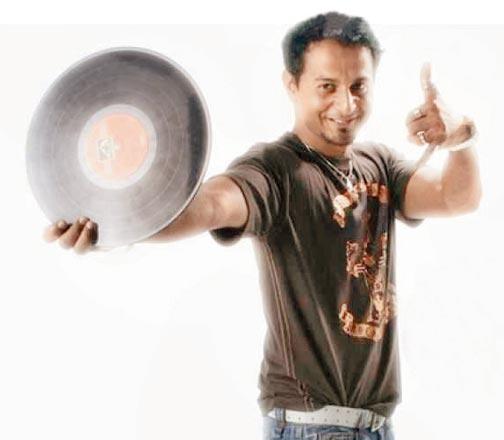
A failed bid to introduce India to western music in 1991 compelled MTV to make an exit from the market. But, when Channel V established itself by following their approach but playing up Indian content instead, it created an inroad for MTV again in 1996. An array of interactive shows - including MTV Select - made this the go-to channel for kids wishing to establish their 'cool' quotient.
Big B dies. Well, almost
Amitabh Bachchan met with an accident on the set of Coolie (1983) while shooting for a fight sequence. Battling co-actor Puneet Issar, he was supposed to land on a table, but, misjudged the jump and landed on its edge. He was admitted in critical condition for a week as the nation's prayers nursed him to recovery.
Enter the Khans
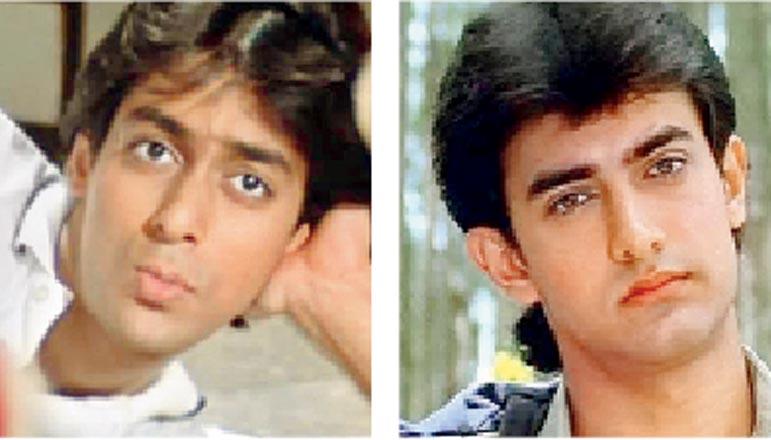
Aamir Khan burst onto the scene with Qayamat Se Qayamat Tak (1988). Salman Khan won acclaim with Maine Pyar Kiya (1989). Both the films were love stories that proved to be blockbusters. The soundtracks of both films were chartbusters too. They reinvented the romantic musical genre in Bollywood and the two became overnight stars.
Rap to riches

Though discussion about their rapping skills acquired mainstream attention after Gully Boy, street rappers, fronted by Naezy and Divine, made sufficient noise among independent artistes before the Ranveer Singh starrer hit screens. A number of street rappers are serenading international audiences tour-after-tour today.
Nazia Hassan sets trends
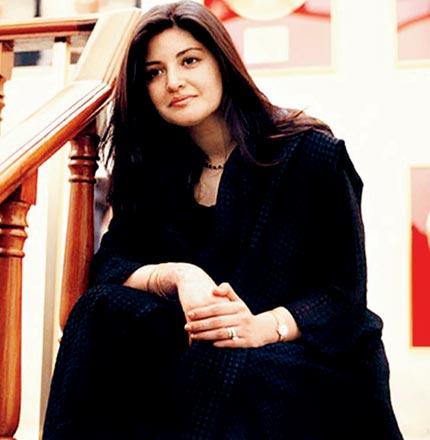
London-based Pakistani singer Nazia Hassan made her singing debut with Aap Jaisa Koi in Feroz Khan's Qurbani (1980), and became an overnight sensation with the chartbuster. The teenager revolutionised the Indian pop industry. Her debut album, Disco Deewane (1981), was the best-selling Asian pop record and went gold the first day with a sale of 1,00,000 LPs and Dolby cassettes.
India's own #MeToo moment
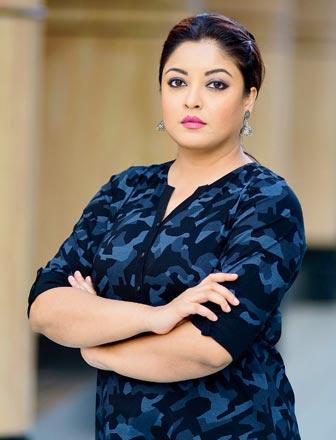
A year after Hollywood woke up to cases of sexual harassment that sent shock-waves across the industry - owing to the names associated with assault and the extent to which it was rampant - Bollywood had its #MeToo movement. Following Tanushree Dutta's revelation of an incident involving Nana Patekar in 2008, revered artistes - including Vikas Bahl, Sajid Khan, Alok Nath and Anu Malik - were accused of misconduct. Dutta's case was shut due to lack of evidence, but the movement led to the creation of grievance counsels within companies.
Bigg Brother courts controversy

The ill-treatment meted out to Shilpa Shetty on the British show Bigg Brother couldn't deter her from bagging the title, but, at the time, matters were so bad that politician Kamal Nath said it could have led to a 'diplomatic crisis'. It is reported that over 44,500 complaints were directed to the network citing the abuse.
Catch up on all the latest entertainment news and gossip here. Also download the new mid-day Android and iOS apps to get latest updates
 Subscribe today by clicking the link and stay updated with the latest news!" Click here!
Subscribe today by clicking the link and stay updated with the latest news!" Click here!






